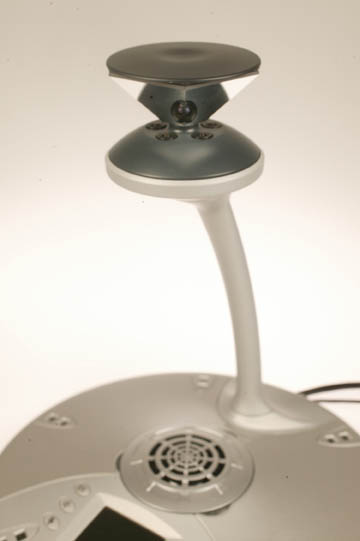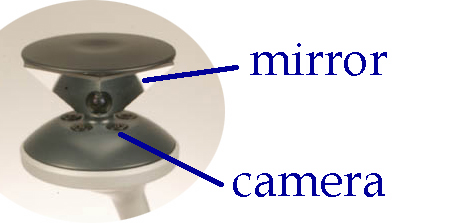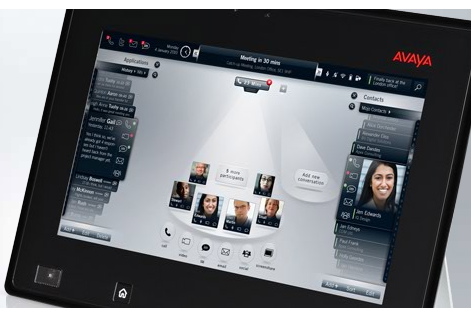 In all their marketing materials about unified communications, Microsoft managed to make a big deal about this device, yet it wasn't obvious to me how it worked. Also, it wasn't clear that the world really needed a different angle in our video conferencing.
In all their marketing materials about unified communications, Microsoft managed to make a big deal about this device, yet it wasn't obvious to me how it worked. Also, it wasn't clear that the world really needed a different angle in our video conferencing.
Up until now, people have been doing video conferencing with the perspective provided by a camera at one end of the room. In the next few articles, we will review room geometries and how a 360 degree camera implementation could solve some room geometries, making the video experience a more natural collaboration and less like a TV show.
So, how does the Microsoft 360 video camera work?
 Ever since I first saw this picture of the Microsoft 360 video camera I was curious about how it worked.
Ever since I first saw this picture of the Microsoft 360 video camera I was curious about how it worked.
Now, with the power of Adobe PhotoShop, Brockmann & Company can clearly note that four upwards facing camera lenses and four mirrors tilted at 45 degrees immediately above the lense, does the trick. The cameras capture images reflected by the mirrors held at the top of the slender throat of the device.
The idea is that this camera and speaker phone in the base sits in the center of the conference room table.
See my upcoming stories around room geometries. This idea has some merit.
Back in 2004, I was approached by a silicon valley company that had something like this then. Of course, I didn't keep the files so I can't say if this is the same deal. I didn't really study it well at the time.










